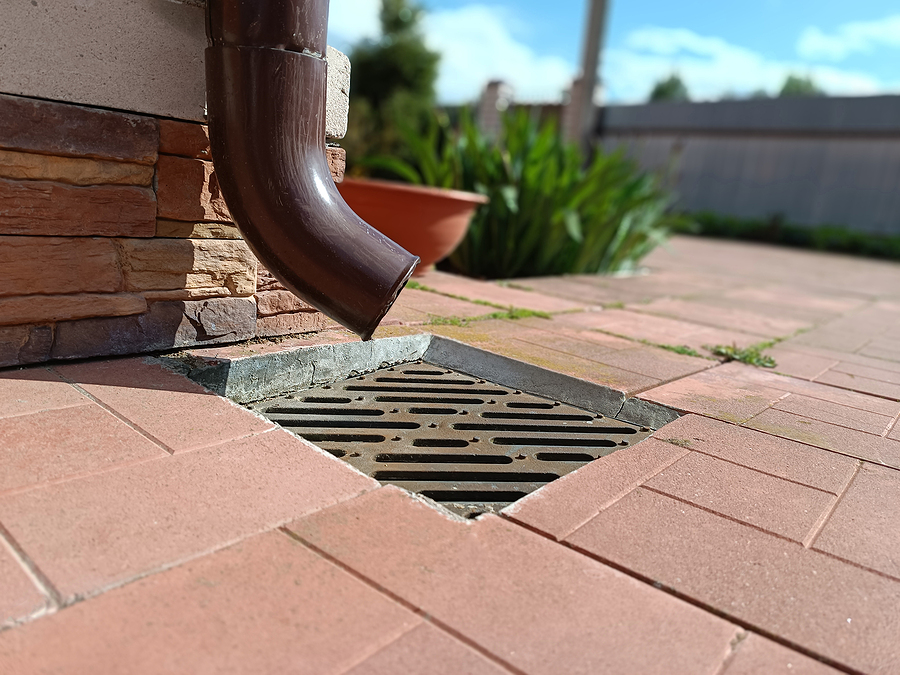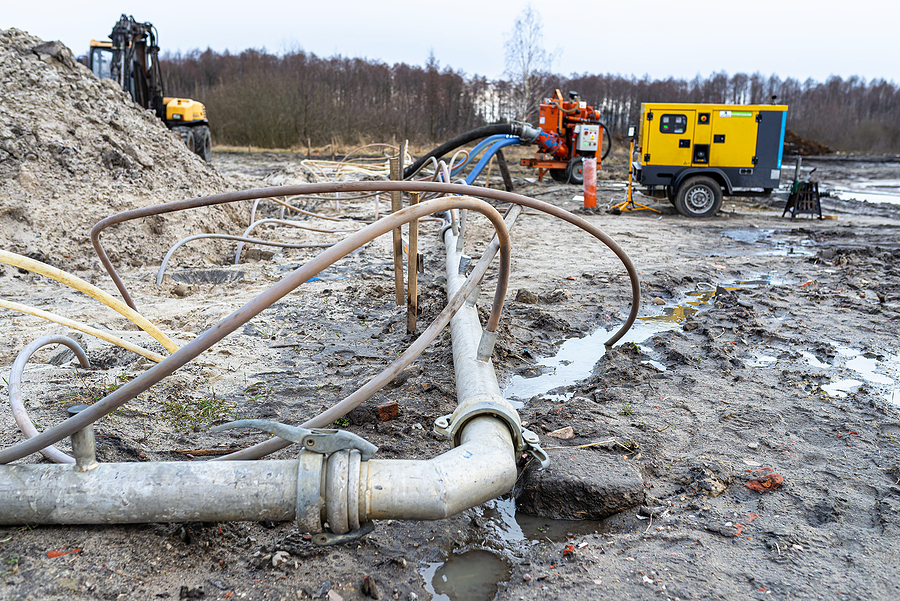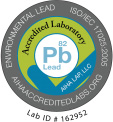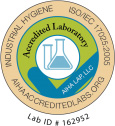
Lead was a common building material that was widely used until the 1970s when certain critical health factors came to light. Lead is a naturally occurring element found in the ground and has been used worldwide for nearly 6000 years. Poisoning from this material has been relatively common throughout history, but it took decades of activism and health studies to ban lead in 1978.















